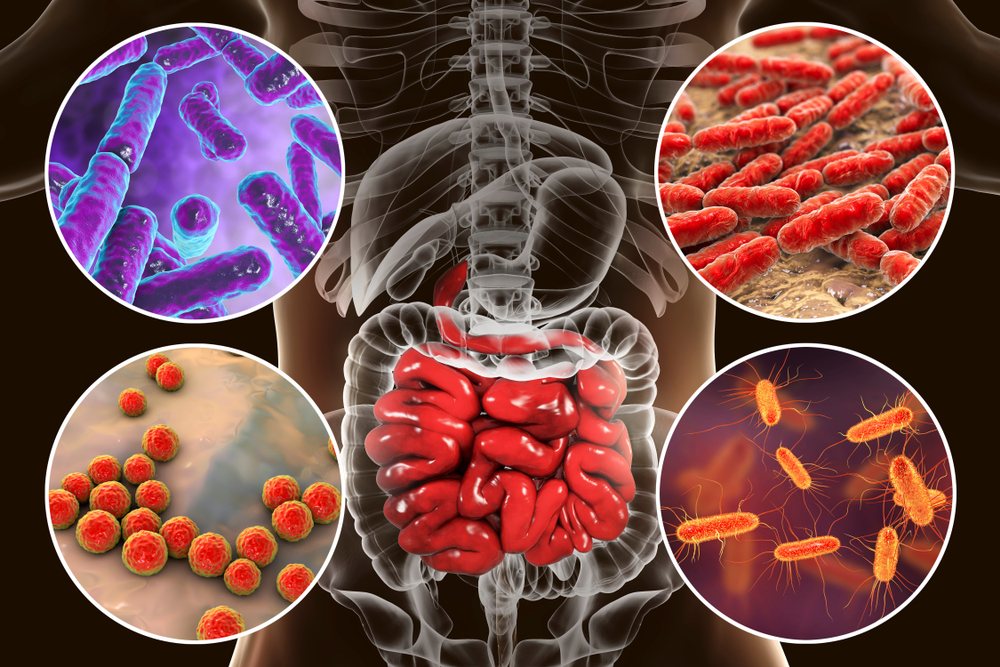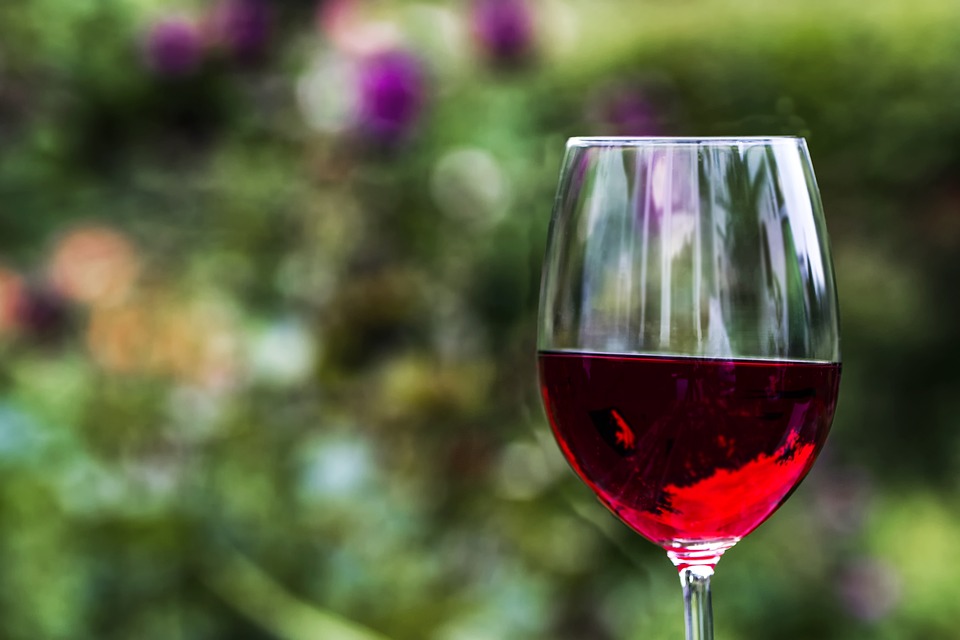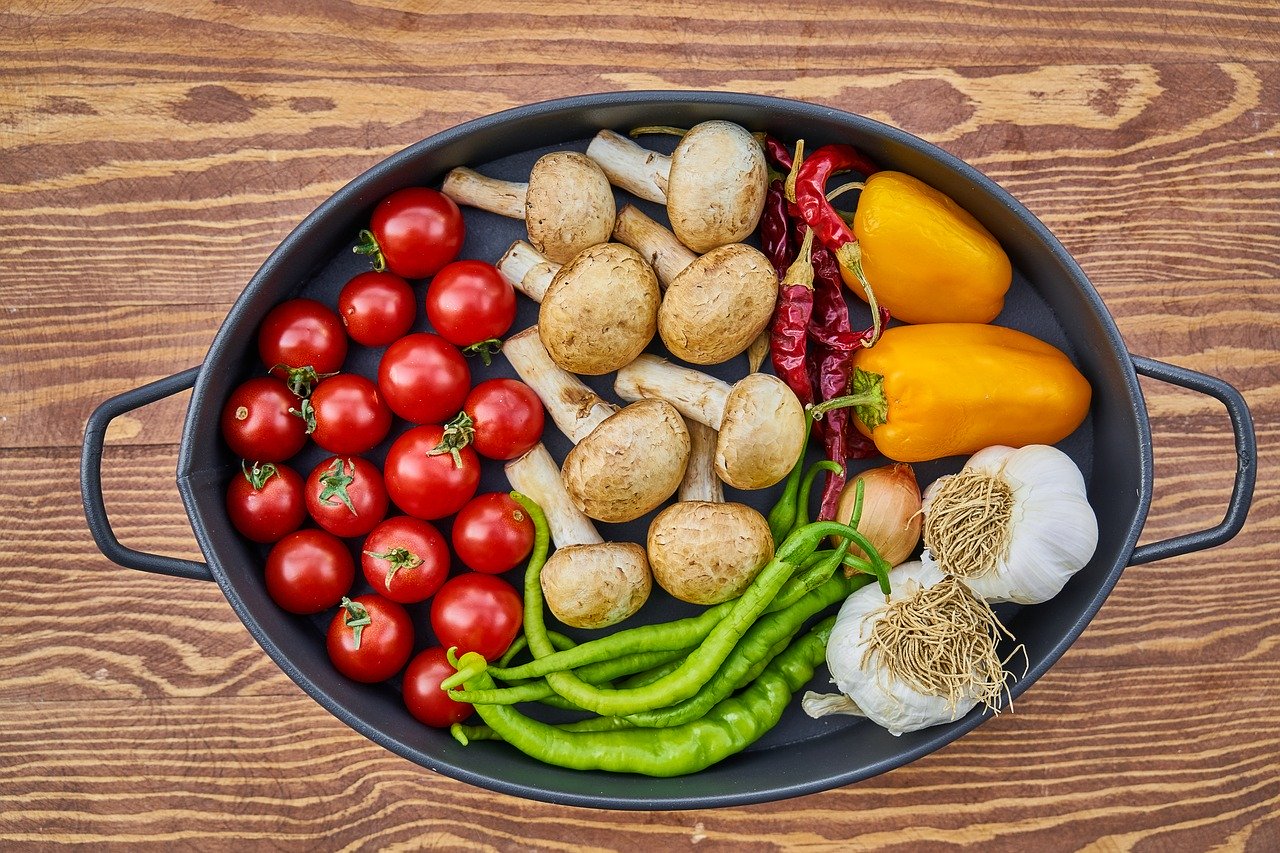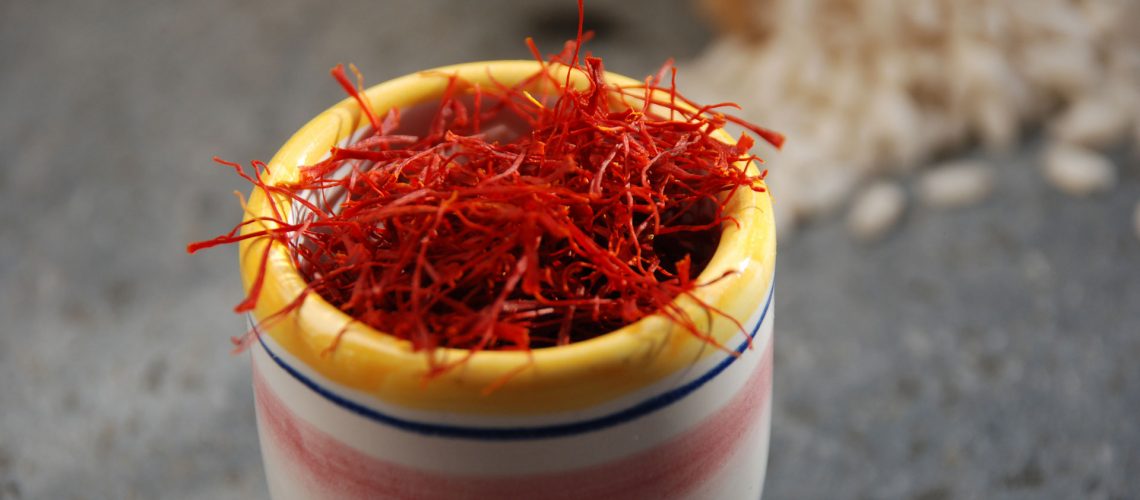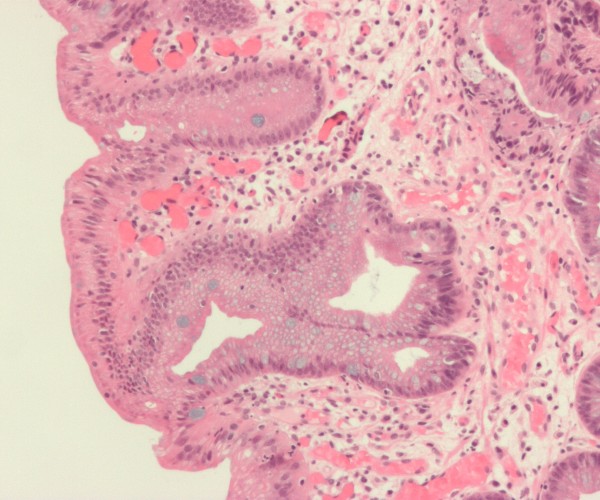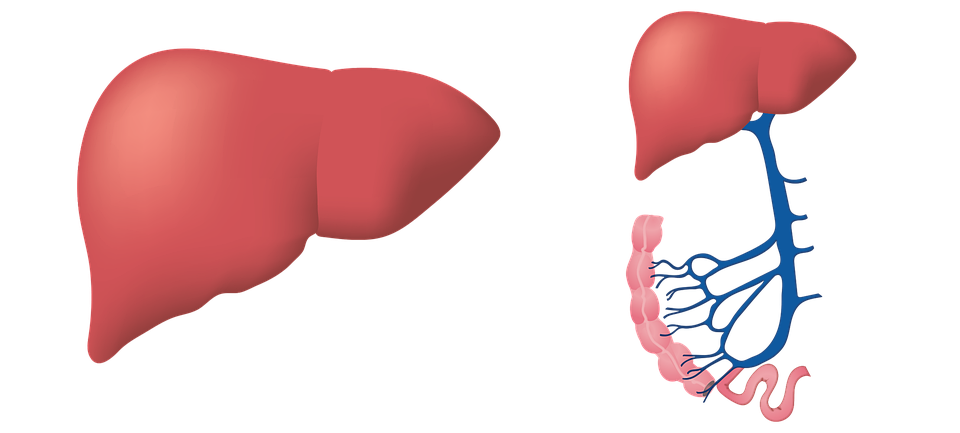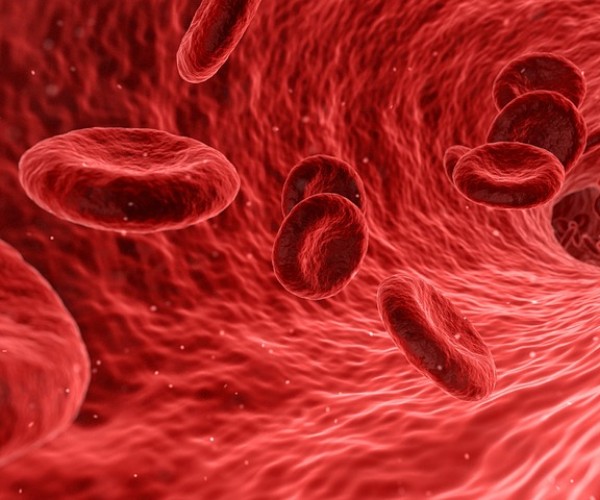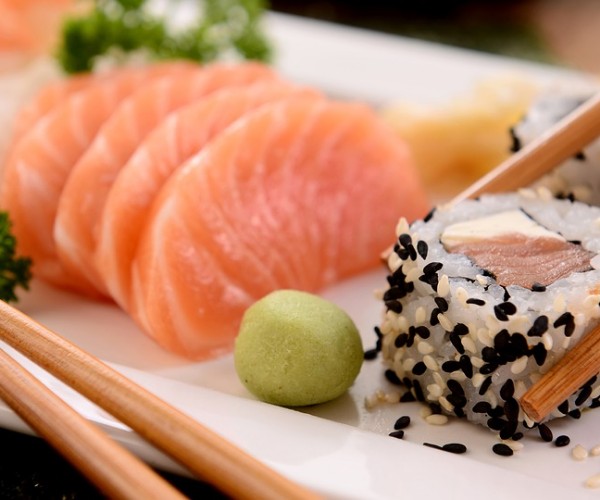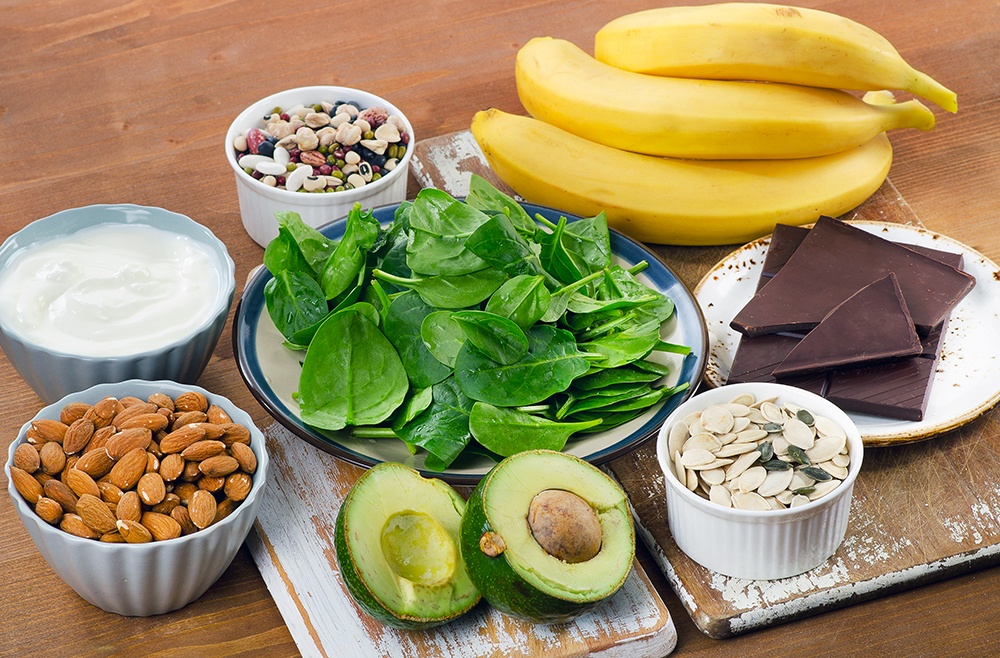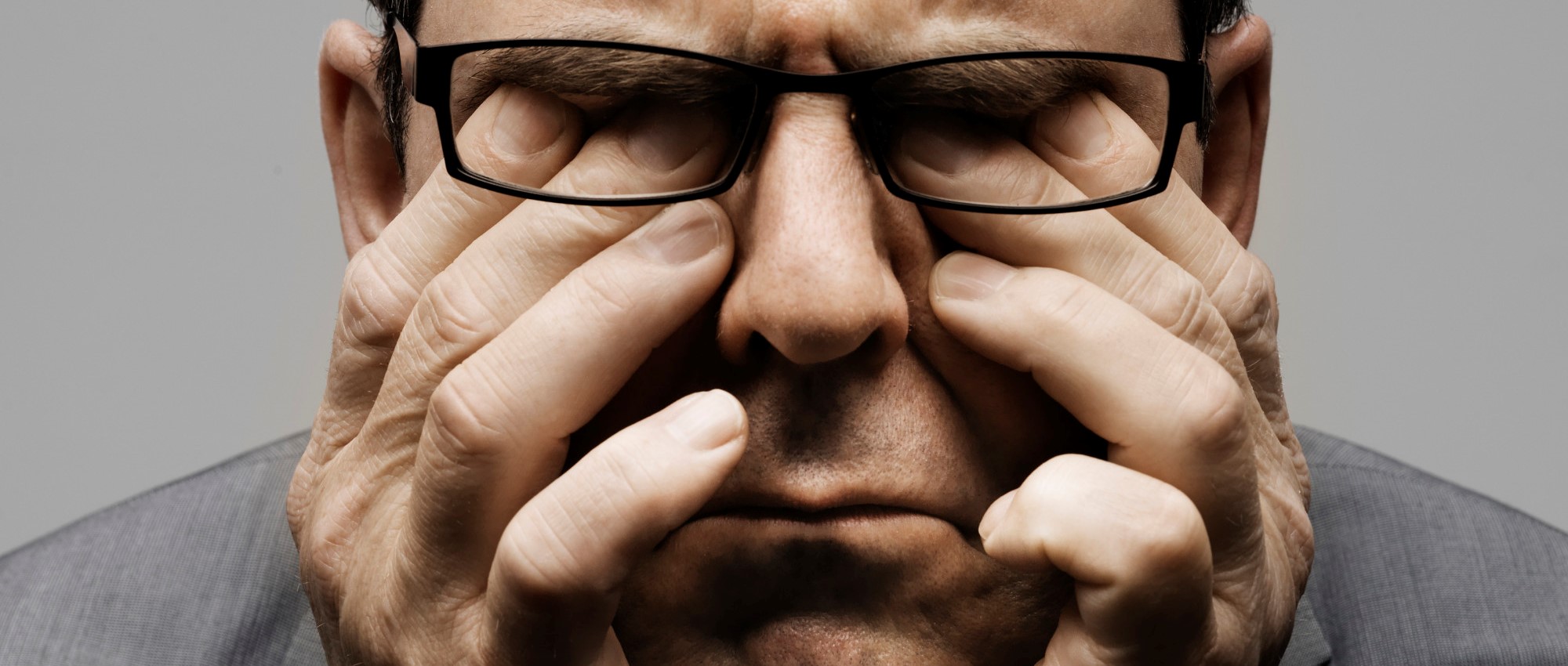It colors gold wherever its powder or stigmas settle: dishes, drinks, fabrics. It is the saffron, perhaps, the most expensive spice currently widely used in the West and East. The ‘stellar’ price is justified for several reasons: the huge amount of flowers needed and the significant amount of work involved in obtaining a few grams of powder, the delicate harvesting, strictly by hand, and the easy perishability. It is a spice valued since ancient times and has a very good flavor and properties, including therapeutic as well as nutritional.
Species. “Crocus sativus” is the scientific name of the Saffron: a small herbaceous plant, 15 to 40 centimeters tall, belonging to the Iridaceae family, whose ‘richness’ is represented by the flowers: beautiful, delicate, light lilac to purple-purple in color, with a pistil inside formed by three deep red filaments, called stigmas, from which the saffron. While the leaves are filiform with a bright emerald green color. The plant is very well adapted to altitudes of 400-800 m above sea level and climates that are not too rainy (300-400 mm annually). It withstands harsh winter temperatures down to -12°C, tolerates snow and even short frosts as long as they do not affect the flowering periods while during the summer period, high temperatures do not create any kind of problems for the bulbs. In Italy, cultivation is widespread mainly in Umbria, Marche, Sardinia and Abruzzo, with high concentrations in the Sibillini Mountains, particularly in Roccafluvione, Norcia and Cessapalombo. It seems that saffron arrived-but there is no certainty of this-in Europe from Asia Minor, where it was cultivated Cilicia, Barbaria and Stria, then from there the crop spread to Tunisia, Greece and almost all of northern Africa.
Date and name. The appearance of saffron is estimated to be very ancient. The first domesticated plant from wild specimens, Crocus cartwrightianus, probably on the island of Crete appears to date back to 3000AC, and the earliest written records are found in the Bible, where Crocus sativus, is mentioned in Solomon’s Song of Songs garden. It is also depicted in the palace of Knossos and mentioned by the Egyptians in the Ebers Papyrus; Greek authors, such as Hippocrates, Sophocles and Homer, who mentions it in the Iliad, as Zeus’ bed. Saffron is also mentioned by several Roman poets, such as Virgil and Pliny, and the Latin poet Ovid [43 a.C.] mentions it at the origin of Fables, when talking about the love of Crocus and Smilace. The uses that were made of this spice in antiquity are also varied: writers narrate that the Romans dissolved saffron in wine and then sprinkled the mixture in theaters, on pyres, in thalami, and in hair, or again it seems they used the flowers to cover the streets as princes and emperors passed by, and that Isocrates, an Athenian orator of great fame, used to scent the pillows of his bed with saffron before going to bed. In Persia and the Middle East, saffron was used as a spice and as a deodorizer From a commercial point of view, saffron was a trade commodity in the Mediterranean for Greeks, Romans, Egyptians, and Phoenicians. Trade continued over time: for example, in the Middle Ages Venice was the hub of spice trade between East and West, while important continental production centers were Basel and Nuremberg. Brought to the New World by northern European settlers, saffron cultivation enjoyed great fortunes until the early 1800s, only to decline and remain confined to specific areas of North America. What are the origins of the name? The term derives from the Arabic word ‘za faran‘ meaning yellow and with the same root has been maintained in European languages: saffron in English, azafrán in Spanish, safran in French, saffran in German, szafran in Polish, shafran in Russian, and safrà in Catalan. While the name Crocus comes from the Greek word Kroke, meaning “filament,” for the filamentous stigmas precisely that the flower bears in the center of the corolla.
Odor, color, and nutritional properties of saffron. It is a spice is ‘lean’: 0.15 g of saffron provides less than 1 kcal, with a fat content of 0.00097 g, while it is rich in many good substances: carbohydrates, fiber, omega 3 and omega 6, many vitamins including C, B6, A and folate, minerals especially manganese, magnesium, iron, potassium, phosphorus, copper and calcium. It also contains a vast cocktail of phytonutrients (approximately one hundred different compounds have been identified), numerous carotenoids such as zeaxanthin, lycopene, and α- and β-carotene. The intense color is given precisely by two carotenoids, crocetin and crocin, while the somewhat bitter smell and taste can be attributed to the presence of picocrocin and safranal, a volatile terpene.
At the table. Very small amounts are enough to color and flavor dishes: 0.25 g is enough to prepare a risotto for at least six people. It is appreciated and used in all cuisines, including ethnic ones.
- In Eastern cuisine it is used in meat and fish recipes, rice dishes, desserts, drinks and even ice cream.
- In European cuisine it is an ‘ingredient’ in Spanish paella, French bouillabaisse, and Milanese risotto, but it also gives flavor and color to pasta dishes and main courses of meat (stews) and fish, especially shellfish, to delicate sauces. Especially in Northern Europe, it is used in cake batter, such as the typical saffron, cinnamon, and nutmeg Christmas treats in Sweden,
- Important rules of thumb:
- In case you employ the purchased stigmas, make them first rinse in hot water or broth or milk, always hot around 50°C, and in fairly small volumes equal to a coffee cup, letting them steep about 40 minutes, a little less in the case of chopped stigmas, so that the pigments and aromatic substances can be released.
- Saffron should be added toward the end of cooking to prevent too high temperatures from altering its organoleptic characteristics.
- Saffron goes well with well-structured white wines, while avoiding overly tannic reds that enhance the bitter note.
Preservation method. Saffron is very sensitive to light, heat and moisture. It should therefore be stored in an airtight container in a dry, dark environment where it can be preserved for as long as two to four years, although the qualities are lost or altered in favor of the bitter component in particular.
Curiosity. There are many myths, legends and curiosities about saffron, and these are the most famous ones.
- In Eastern countries it is customary to give saffron as a gift to wish for a long, prosperous and happy life.
- Saffron in the past was a ‘royal’ spice: it was used to dye the robes of Assyrian and Irish kings, the footwear of the kings of Babylon, and the bandages with which Egyptian mummies were wrapped. While the brides of ancient Rome wore veils dyed with saffron, and this tradition survived into the Middle Ages, noble ladies in fact wore a silk tunic dyed with saffron under their wedding gowns.
- In ancient times it was also the spice of ‘beauty’: it is said that Alexander the Great washed his hair in saffron to keep its wonderful orange color shiny, or that Cleopatra used it as a cream to give golden color to her skin. In the same era it was used to dye cheeks, nails and hair. Women of the time also made abundant use of it in baths, ointments and oils.
- According to Greek mythology, the birth of saffron was due to the love of a handsome young man, Krokos, for the nymph Smilace, a favorite of the god Hermes, who in revenge turned him into the saffron flower: precisely krokos, in Greek. In addition, the god Hermes, counselor to lovers, used saffron as an aphrodisiac spice in preparation for his love encounters.
- In the Middle Ages, anyone caught adulterating saffron with less valuable ingredients was burned alive. And in 15th-century Nuremberg and under the reign of Henry VIII in England, this year was also liable to capital punishment: the accused were burned at the stake or buried alive with their illegal products. Even today the spice is often adulterated or mixed with substitutes: among them safflower, which is also called “fake saffron” or “bastard saffron” for this reason.
- Also in the Middle Ages it was the spice of ‘wealth’: 500 grams was worth a horse! Nobles used to flaunt the strands by announcing the host’s fortunes to diners, starting with banquets that were laden with saffron-gilded foods.
- Archestratus, a Greek cook and poet, added a pinch of saffron to dishes to make them “worthy of the immortal gods.” Alexander the Great used to use saffron in rice and mixed with wine, and it seems it was never missing from his table during military campaigns. While the ancient Romans used it to make aromatic wines, cook fine peacock meat, in golden sauces with fragrant herbs, hazelnuts, and honey, and in many other dishes.
- Since ancient times, the therapeutic properties of saffron were known. In the treatises and writings, of the famous Dr. Avicenna it was described as an antidote to many diseases, including improving blood circulation and breathing.
- The town of Saffron Walden in Essex, England, takes its name from the spice being the center of the English saffron trade. According to legend, it all began in the 14th century, when a pilgrim arrived from the Middle East with a stolen bulb of saffron hidden in his staff; in fact, until then, the town was simply called Walden.
- There is also the Virgin of Saffron. More specifically, in Civitaretenga, Abbruzzo, there is the Church of Our Lady of the Arch, which, according to legend, was built on the site of a tavern stable where a penniless painter who had no money to pay for better lodging stayed. To these, Our Lady appeared in a dream that night and asked him for a portrait, but the artist having no colors then used saffron found in the tavern kitchen, painting it on the wall against which the manger was resting. Thus was born the cult of the Virgin of Saffron.
Cultivation. Saffron can be grown either for ‘own use’ or production purposes, thus determining the number of bulbs to be planted:
- in pots: 4-5 bulbs are enough
- For a home cultivation, 200/300 bulbs provide a satisfactory harvest
- Approximately 1,000 to 2,000 bulbs are needed for an income saffron grove to start production, rising to several tens of thousands of corms if professional farming is to be started.
How to choose bulbs? To see flowers as early as the first year, the corms must be more than 2 cm in caliber, the optimals 3-4 cm in diameter, and they must be dry, intact on the outside and without any rot. Their cost varies between 30-60 cents, preferring those from Italian producers. The bulb is annual in duration, so it is no longer good the following year.
It is also necessary to keep in mind the ‘needs’ of saffron:
- Climate. It can be grown throughout Italy, is not afraid of cold and summer drought, and is very resistant to temperature changes. The ideal climate is one with rainy springs and dry summers, while good rainfall before flowering increases crop yield. Need lots of light for photosynthesis, so the saffron grove (or plant) must be exposed to direct sunlight.
- Terrain. The optimal growing soil is clay-limestone, well-drained and rich in organic matter. The soil should be fertile and well tilled deeply; if it does not drain sufficiently, it is necessary to make raised berms (or porches) so that the sown bulbs remain above ground level, thus preventing rot. Slightly sloping soils that facilitate rainwater runoff are excellent.
- Planting moment. The bulbs are planted in summer and remain dormant until the end of August, when with the first rains they begin to vegetate. Bulbs should be planted about 10 cm deep.
- Flowering. New shoots bloom in early fall with flowering in mid-October for a duration of about two weeks.
- Cultural operations. Saffron should be kept clean of weeds periodically, without any further special care.
- Irrigation. Crocus sativus, except in particular drought, does not require special watering: it needs water before flowering (September-October) and in spring (March) for bulb propagation. These are usually rainy periods favoring the sprouting of corms.
- Crop rotation. Saffron should not return to the same soil for at least 5-6 years in order to reduce the risk of fusarium, a dangerous plant pest that we will discuss shortly.
Flower picking. It takes place in the fall between October and November, in a time span of only 20 days, and must be performed strictly and only by hand, usually by women who have smaller, specialized hands that peel off the stigmas one by one. Harvesting takes its ‘own time’; it should be done from sunrise until 9-10 a.m., to avoid complete opening of the flower, so as to preserve flavor aroma and avoid breakage of the stigma. However, harvesting is onerous: to produce one kilogram of saffron, about 150,000 flowers must be gathered in the fields, requiring approximately 500 hours of labor. About 20 flowers yield 60 pistils, which once dried and processed are used to prepare a sachet of saffron.
Drying. It can be done in rooms kept at an appropriate temperature, in the sun or in a ventilated oven, leaving it barely open, with the temperature at a minimum, and laying the saffron on sheets of baking paper. To adjust for drying time, when the stigmas “rustle” by moving the paper they are ready and are no longer wet and soft but also not burned, they are ready for pulverization. In addition to the formo, grill, and stove a good alternative is a temperature-controlled dryer.
***
Insect and pest pests. Saffron does not fear many insects, apart from elaterids and nematodes, worms much smaller than earthworms that feed on the roots until they get inside the plant, devouring it from underneath, and can damage the bulb. But to a large extent the potential enemies of the saffron plant are animals. These include slugs that eat the flower, which should be treated only at the time of flowering, mice and voles that burrow by eating the bulb, particularly in winter, hares, rabbits, and roe deer that eat the leaves, but especially porcupines and wild boars, which can only be defended against by fencing off the area where saffron is grown.
Among diseases, fusarium, a fungal disease that causes the underground part to rot compromising the bulb, is probably the worst enemy that can affect saffron. It can be recognized in that instead of coming out of the ground by opening up and releasing the leaves, the shoot spout (spathe) is long and yellowish, often deformed. In this case, all that remains is to remove the whole plant and replace the soil adjacent to it to prevent the disease from spreading to other bulbs.
As a preventive measure, using methods permitted in organic farming, bulbs can be bathed in copper oxychloride, known as bulb tanning).
There are other fungal and bacterial diseases, in all cases the best prevention lies in planting healthy bulbs and proper soil management, as well as monitoring and removing diseased plants promptly.







